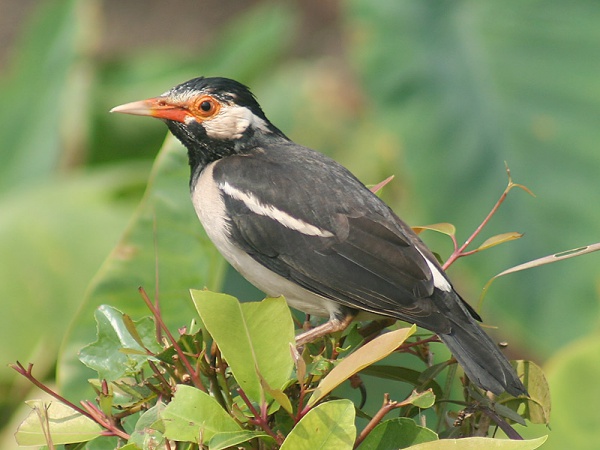Facts About Pied myna
The pied myna, also known as the Asian pied starling, is a captivating bird that inhabits the Indian subcontinent and Southeast Asia. These birds are commonly observed in small groups across various environments, from bustling cities to serene countrysides, and even in low foothills.
One of the most striking features of pied mynas is their distinctive black and white plumage, accentuated by a yellowish bill and reddish skin around their eyes. Their flight is notable for its unique, slow, butterfly-like motion, facilitated by their rounded wings.
Pied mynas have a particular affinity for areas near water, whether it be a lake in the plains or a stream at elevations up to 700 meters above sea level. They thrive in open spaces dotted with trees and are frequently found near human settlements, including sewage farms.
These birds forage primarily on the ground, with a diverse diet comprising grains, fruits, insects, and more. They employ a unique prying motion to uncover hidden food. Their breeding season extends from March to September, during which they construct nests in trees or on artificial structures. A typical nest contains four to six eggs, which hatch after an incubation period of 14 to 15 days. Both parents are actively involved in caring for the chicks until they fledge approximately three weeks later. Pied mynas are also known for their communal roosting behavior and cooperative defense of their nesting areas.

 India
India